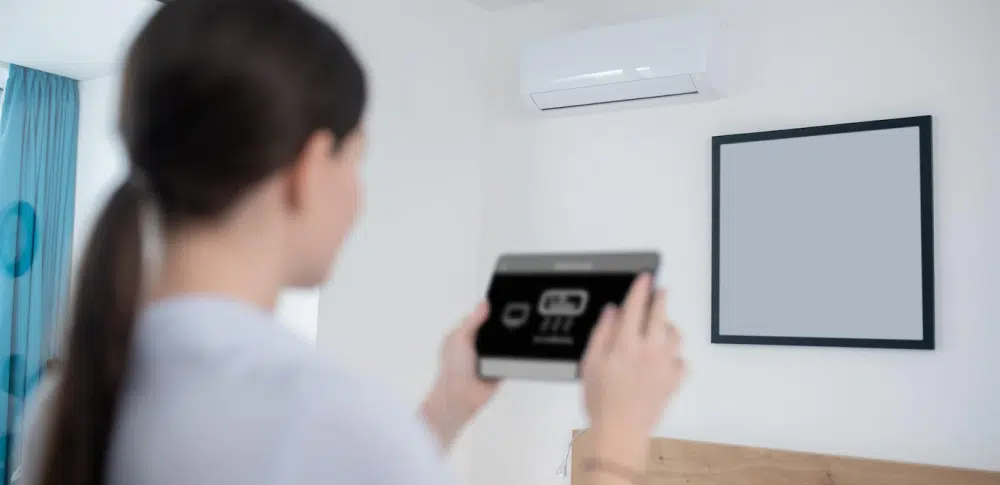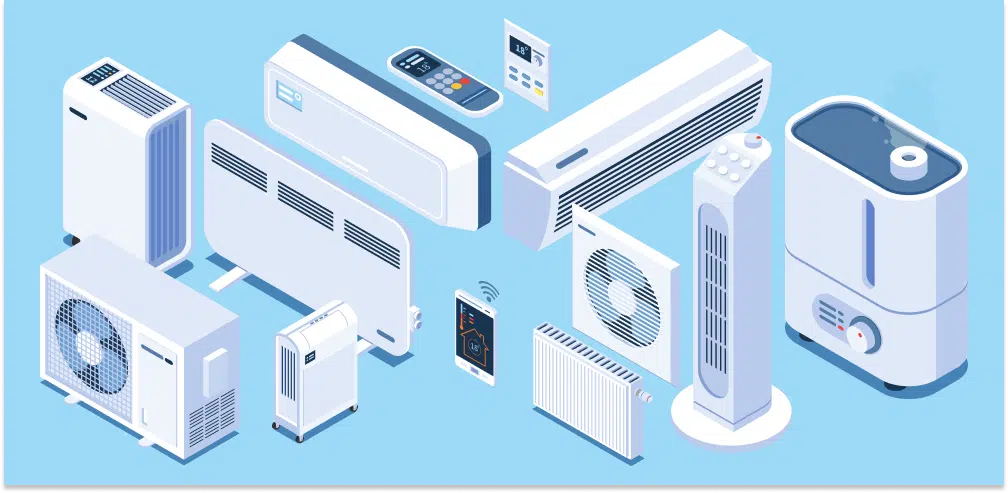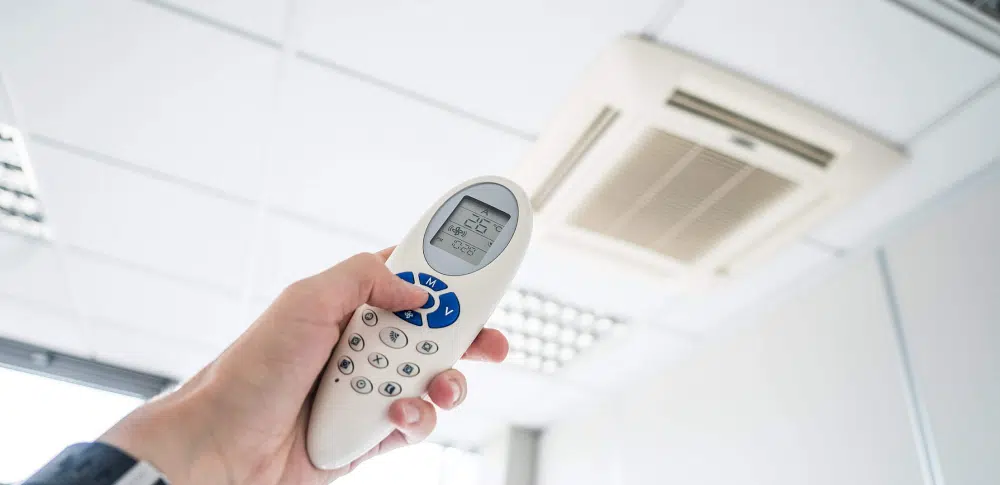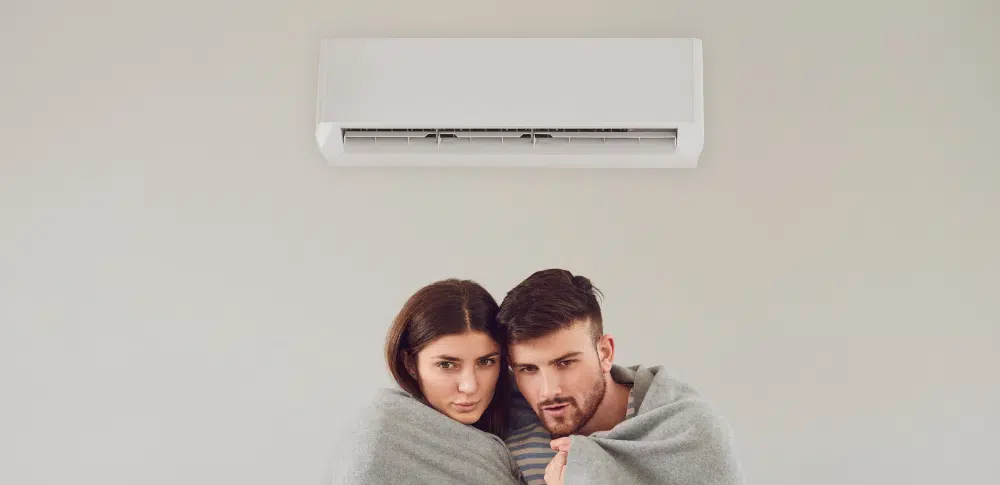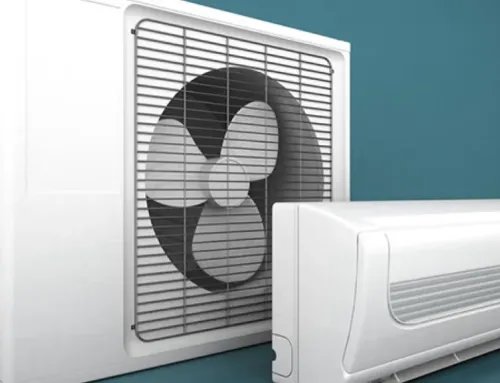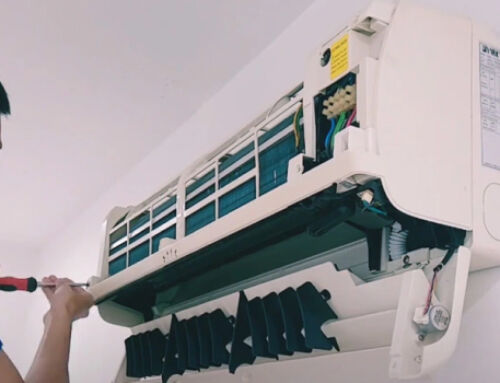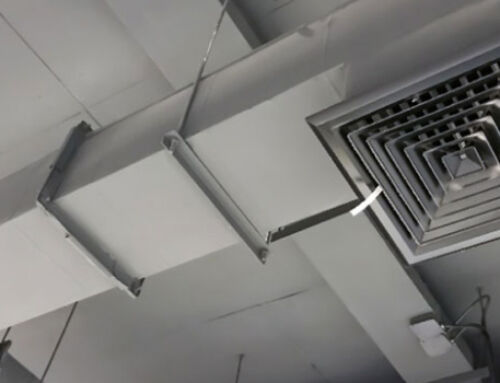Get a better idea of how much power does air conditioner use.
Fans. Opened windows. An icy beverage.
These are all things that, to a certain extent, can help us keep cool during the hot, hot, hot Sydney summers.
But there are some weeks (and even months) where reinforcements are needed, and that’s where air cons come into play. More and more homeowners are making sure to install and/or upgrade their existing systems to keep themselves more comfortable during the hottest of days.
Yet there can often be hesitation when it comes to concerns about energy efficiency and consumption. These new air conditioning units can keep us cool, but at what cost to our electric bill?
It’s a fair question to have to want to know how much power does air conditioner use.
If you want to learn more, check out our other resources:
1. How Much Does Air Con Cost In Sydney?
2. How To Choose The Best Type Of Air Con
3. Pros and Cons of Air Con You Need to Know
5. What Size Air Con Do I Need?
But first, the different kinds of air conditioners
Before we can talk about the power any unit uses, or the differences between their power consumption, you need to understand the different types of air cons available. In general, there are four main categories that work differently from one another when it comes to installation, design, size, and power usage.
Split system
A split air con is one where there are two units in two different locations. The internal unit is installed in the room where you need the cooling to take place. It’s connected to the outdoor portion that contains a compressor via refrigerant pipes.
Multi split system
Similar to a basic split system, a multi-split system has components both inside and outside the home. The difference here is that the outdoor compressor can service multiple units inside as air outlets. This allows the system to cool more than one room at the same time.
Ducted system
For a more integrated system, ducted air conditioning can bring cooling to any and all rooms in a home. Cooling fans and motors are placed outside the home and air is drawn in and cooled before being distributed through a network of ducts that run from a single source to every room that requires cooling.
Portable system
Just like the name indicates, these units are completely portable and can be placed in different rooms depending on changing needs. While they aren’t the most efficient at cooling because of their smaller (and again, portable) size, they can be a great fit for a home that needs occasional cooling at a small cost.
What is a SEER rating (and how can it help you save)?
Next up, it’s important to understand how ACs are rated for power efficiency so you can choose one that is a good fit for your home’s needs.
SEER stands for Seasonal Energy Efficiency Ratio, and it comes to stand for the ratio of how much cooling output a unit can manage divided by the amount of energy required to operate the unit. In general, the higher the SEER rating, the more efficient you can expect the unit to be when it comes to consuming energy to run. The minimum accepted rating is currently 13 SEER.
There are some other factors that can affect the actual energy efficiency of your unit once its installed. For example, if you purchase an undersized unit that has to run non-stop or strain to keep your space cooled, you’ll likely realise fewer energy savings (since the unit will be drawing more power more often than average). That’s just one reason why it’s important to work with a professional installer to choose the right size unit for your space.
Many homeowners are hesitant to replace an existing system if it appears to be working just fine for them. However, if you are running a much older unit, perhaps with an 8 SEER rating, you could stand to save by replacing it with a unit rated 16 SEER or higher. Plus, you might find yourself being much more comfortable and cooler consistently.
Looking to improve your energy efficiency? Find out how to make your home energy efficient this year
How much power does air conditioner use?
Now we can take a look at how much power each type of AC is likely to use. Keep in mind that this is a range and that the SEER ratings for individual brands or units will vary depending on their design and manufacture.
| Air Conditioner Type | Average Power Consumption per Hour |
|---|---|
| Split System | 500-700 watts |
| Multi Split System | 1500-2000 watts |
| Ducted System (3.5 ton) | 3,000-3,500 watts |
| Portable System | 3000-4,000 watts |
Choosing the right air con for your power (and cooling) needs
For homes that are already built and lack existing duct work, adding a ducted system can sometimes be more hassle than they are worth. Multi split systems can offer flexibility to cool the rooms that need it most, when they need it. Keep in mind that not all of the indoor units need to run at the same time to take advantage of the cooling from the system itself. And with the ability to cool four rooms or more with a single multi split system, they can be a great compromise when it comes to costs to operate based on power consumption, too.
If you’re considering a new air con system for your home or business, chat with the experts at HunterCON. We’re ready and able to evaluate your space and make a best recommendation for a system that is the best fit for your needs. We’ll make sure that you have the right size, power usage, and cooling capacity for every room on your list at a price you can afford.
HunterCON has been helping keep all of Sydney and the surrounds cool for over 10 years, so you can rest assured we’ll be able to provide you with everything you need by our licensed air con specialists. Call us on 02 8283 1105 or request a fast free online quote for your project today!


